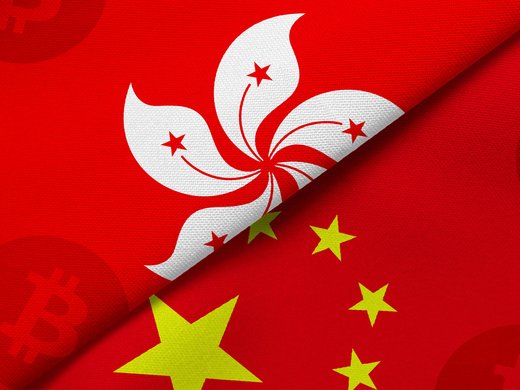In April 2014, in a departure from its normal aversion to lending to countries in conflict, the International Monetary Fund (IMF) approved a US$17 billion loan to Ukraine to be disbursed over two years. At the time, Ukraine was three weeks away from a presidential election; engaged in combat with an armed separatist movement backed by Russia, its largest trading partner and supplier of energy; and experiencing a significant drain in foreign exchange reserves and bank deposits along with soaring yields on sovereign debt. The country was also reaping the returns of decades of economic mismanagement. Dire from both political and economic perspectives, the situation had the markings of a case where the IMF has the expertise to be usefully engaged, but there were also red flags demarcating circumstances that can hobble the IMF’s effectiveness. This policy brief reaches three related conclusions on the Ukraine program and the IMF’s role in this far-reaching security-cum-economic crisis:
- The starting point for IMF engagement — longstanding and severe economic mismanagement and an acute security/energy crisis — was exceptionally difficult, even by IMF standards.
- The IMF is not fully equipped to deal effectively with the situation in Ukraine.
- In these circumstances, the IMF punted — taking the government’s commitment to reform to a significant extent on faith, agreeing to a fiscal and monetary framework that is not adequately funded, yet building into its economic program full repayment of debt to private creditors.


